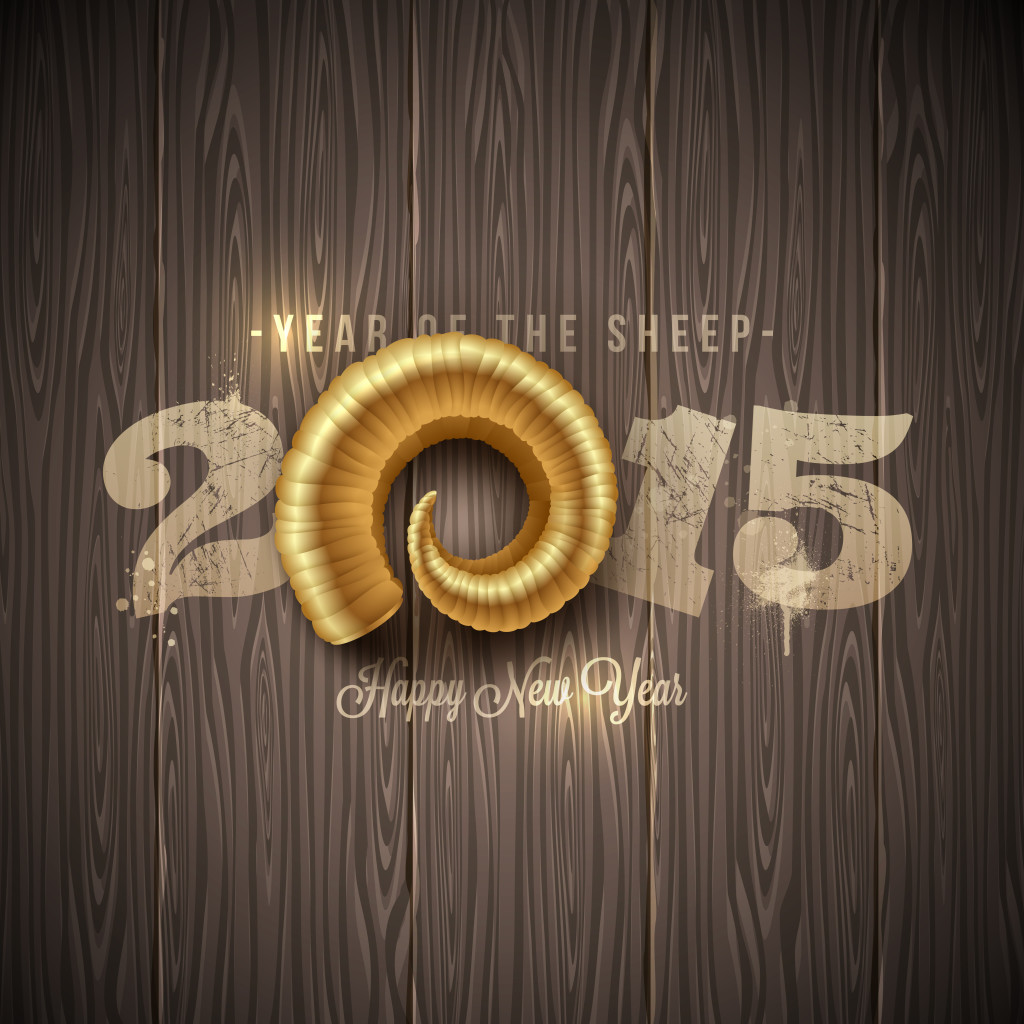Breaking
Chinese New Year: An Epic Celebration!
Chinese New Year is a major holiday and one of the grandest celebrations in Chinese culture. There is no fixed date for this, as it is dependent on the cycles of the moon.
The celebration begins on the first New Moon of the year. This is considered to herald spring (therefore it is also known as the ‘Spring Festival”), a season always associated with rebirth. The festivities of the New Year last for 15 days, according to the moon cycles.
The Chinese New Year, also known as the Lunar New Year, not only has a particular animal from the Chinese zodiac attached to it, but also a feng shui element. In the case of 2015, it is the Year of the Year of the Green Wooden Sheep, and the New Year falls on February 19.
Rather sheepish
2015 marks the Year of the Sheep. Those born under this sign are said to be kind-hearted tender, polite, filial, clever, and kind-hearted. These people possess an inclination towards art and beauty. They are generally faithful in terms of their spiritual beliefs or religion, and have an inclination towards quiet living. They are wise, gentle and compassionate.
Business wise, they tend to be more cautious, and are economical in their spending habits.
Celebrate good times; for fifteen days straight
The Chinese New Year is one of the most auspicious celebrations, worldwide; not just in China. Where there is a Chinatown, there is guaranteed to be a big celebration of the Lunar New Year. A 15-day long shindig, in fact! This makes it the longest Chinese festival, the world over; and nothing short of epic, as celebrations go. Apart from China, it is especially big in countries such as Hong Kong, Indonesia, Philippines, Taiwan, Macau, Malaysia, Singapore and Thailand.
Rich in symbolism and tradition, the celebration of the Chinese New Year is rooted in age-old customs, beliefs and practices. Festivities and traditions are aimed at creating a positive flow of energy in one’s life.
Customary ways to celebrate include exploding fireworks to ward off evil spirits and ring in good luck on the eve of the Lunar New Year; the giving of the ang pao red envelope with money inside, which is traditionally done on New Year’s Day; an exchange of small gifts between family members and friends; the performance of the Lion, Dog, Dragon Dance, to eliminate and send away any residual negative energy from the year that passed and as a herald of good fortune; and the Festival of Lanterns, which is celebrated on the 15th day of the Chinese New Year, as a climax to the festivities. In this tradition of lights, candles in red paper lanterns are lit on the streets of Chinese neighborhoods to symbolize the dawning of the light of a New Year and the good tidings this dawning brings.
Family plays an important role in celebrating the Chinese New Year, and most everyone does their best to go home and be with their kin. This period right before the New Year is called chunyun, and it is the busiest travel time of the entire year.
The celebration of Chinese New Year is never complete without the traditional big reunion dinner for family and friends. Food items are chosen and served for their meaning and relation to particular energies. Certain food items are served on specific days of the long celebration. Typical dishes to include in a Chinese New Year dinner menu are steamed whole fish, a sticky fruitcake called Neen Gow or Nian Gow, uncut noodles, and round fruits.
The family greets the New Year together, staying up until midnight. This practice is called Shou Sui.
SWEEPstakes
Chinese believe the New Year to be the perfect occasion for spring cleaning. Cleaning must be done before the eve of the Chinese New Year. It is believed that as one sweeps the house clean, bad luck is swept away, which helps to ensure good fortune in the coming year.
In feng shui, a clean, clutter-free house is believed to be a conductor of positive energy and of a good, unhampered flow of prosperity.
All knotted up and seeing red
Red decorations are considered lucky; throughout the year, but especially to herald a new one. Propitious red-colored items, bearing gold inscriptions of the symbols for happiness, prosperity, long-life, etcetera. Money envelopes are red. Many who celebrate Chinese New Year also choose to wear red outfits.
Aside from red decorations, the mystic knot is one of the most popular symbols for the Chinese New Year. In feng shui. It is said to be a good luck and protection cure, and symbolizes a long and happy life that is full of good fortune. It is a combination of six times the infinity symbol, and sometimes known as the endless knot, bearing the appearance of “swallowing its own tail.”
Shout it out!
The louder, the better, on Chinese New Year. People most often greet each other by shouting out encouraging phrases believed to bring good luck.
Among these: Gōng Xǐ Fā Cái , “Congratulations and be prosperous”; the more popular variant, Kung Hei Fat Choi , translated as “May prosperity be with you” (note, though, that this is actually Cantonese and not Chinese and therefore considered an improper New Year greeting, by many traditional Chinese); and the more forward and audacious Gōng Xǐ Fā Cái, hóng bāo ná lái, which is often said by children, and means “Congratulations and be prosperous, now give me a red envelope!”
Ring in the New Year of the Green Wooden Sheep with some of these fun and festive traditions. And may we all enjoy prosperity, good fortune, and health throughout 2015!






















